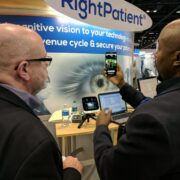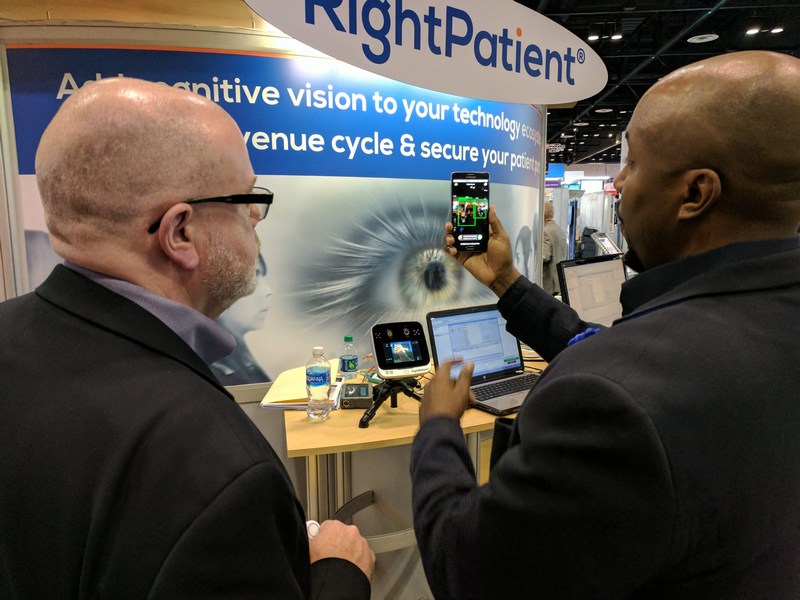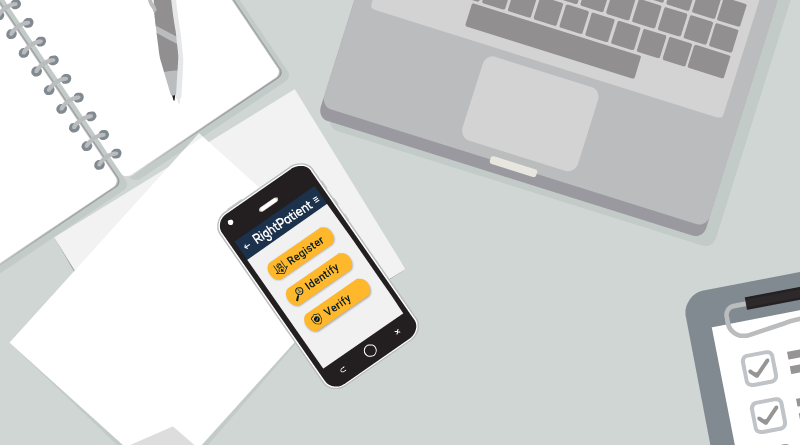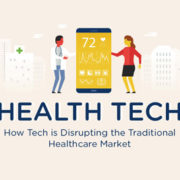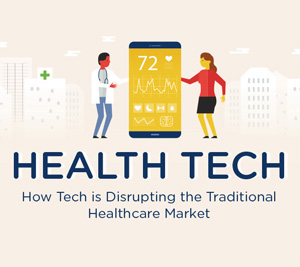Leaders of healthcare gather in Chicago for Becker’s Hospital Review Conference
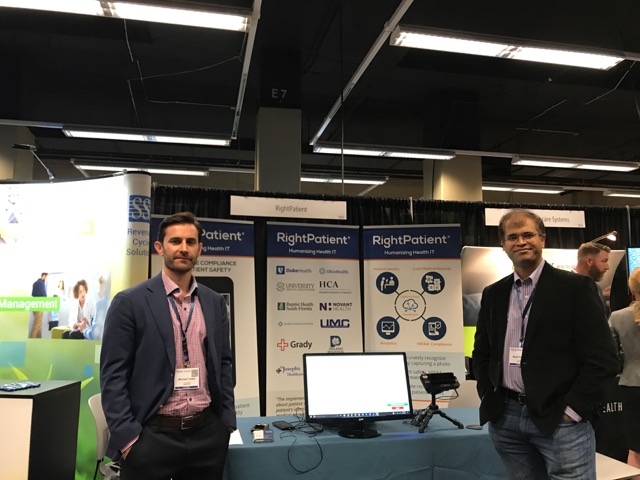
Just as the cooler weather finally emerges in hot & sunny Silicon Valley, I was summoned to attend the Becker’s Health IT and Revenue Cycle Conference in the windy city of Chicago. Downtown Chicago is definitely one of the most beautiful destinations – I was excited. Mike (the co-founder) found a great apartment with the Airbnb app – a high-rise tower right next to the Whole Foods market and within walking distance to the venue for this year’s conference. I arrived a bit late that evening and most restaurants were closed by the time I was ready for some self-indulgence. So, I reluctantly grabbed some salad at a nearby sports bar and decided to enjoy the mesmerizing Chicago skyline as I walked back home – a great start.

Our booth setup was nice, although we wondered why some smaller sponsors got a better booth space than we did. We were shoved in the middle of many random companies when a bronze sponsor (and a “competitor”) was enjoying one of the most amazing locations – the benefits of the “circle of friendship,” I guess!
After learning a bit about how RightPatient prevents duplicate medical records and eliminates chart corrections in different EHR systems (just one of our many benefits), Walter R. Houlihan, the Senior Director of Health Information Management at Baystate Health spontaneously uttered, “yeah, I see the duplicates and record mix-ups all the time. My team is the one that fixes them.” Baystate Health needs our biometric patient ID product – please buy it!

Bob LaFollette, COO and Senior Administrator of Urology from OSU
Another visitor, Bob LaFollette, COO and Senior Administrator of Urology from OSU was a charming and interesting individual. His first question to us was, “Guess what OSU stands for?” Between guesses of Oregon State University, Oklahoma State University and so on, we were corrected with the right answer – Ohio State University. He got a kick out of it! Besides the fun and warm conversations, Bob was absolutely ecstatic with hearing how RightPatient helps with patient safety and how we automatically add patient photos into medical records. If Bob was the decision maker, I bet it would have been awesome for us.

Towards the end of the second day, I made an effort to go around and meet other companies. I have never seen so many Revenue Cycle companies all in one place – looks like money collection is the game in healthcare! There was even a company that helps to collect & recover money from international patients! I couldn’t even begin to imagine what tactics and strategies they follow in certain countries but it can’t be anything better than tactics used by the bounty hunter. Another interesting company was called Zero Gravity. Their feature product on display was an LED-based anti-aging facial rejuvenation system. People had lined up for a free session – why not? It’s free.
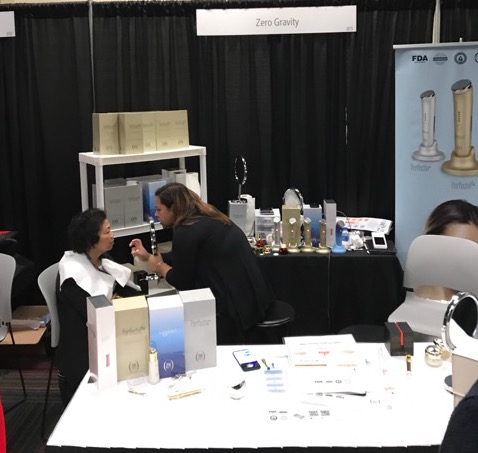
There were some awesome presentations, discussion, and workshops – I only attended one session by Ms. Murphy of the University of Chicago School of Medicine. It was amazing and I will write a separate post all about it. It was also great seeing the CrossChx team – once rivals, now we work together very closely. They focus on their Olive AI product while we provide biometric patient ID even to their clients.
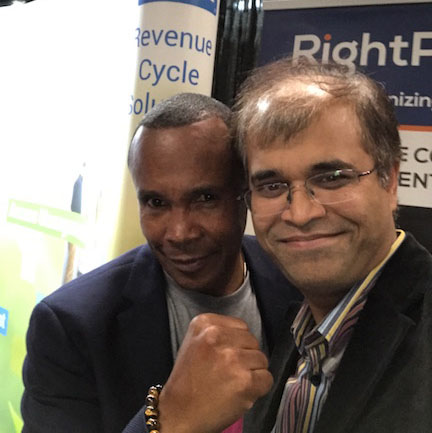
To top off a great weekend, as we were preparing to wrap up, the boxing legend Sugar Ray Leonard emerges seemingly out of nowhere to take pictures with everyone. Well, a great way to end the show with a lasting memory of the charming champion!



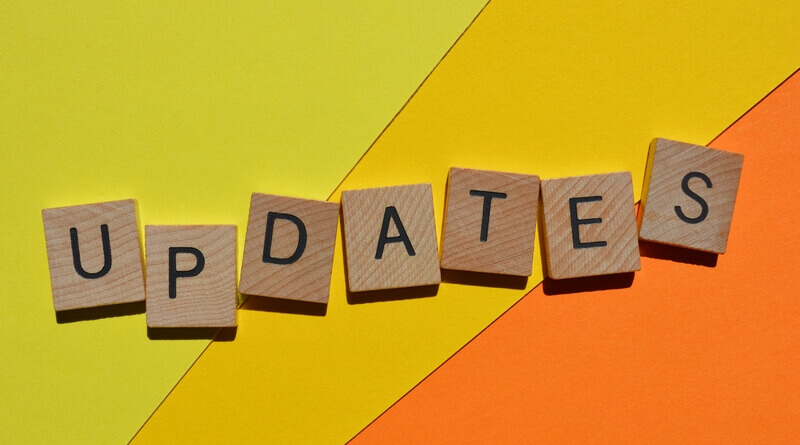
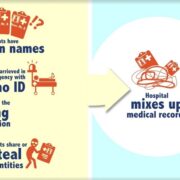

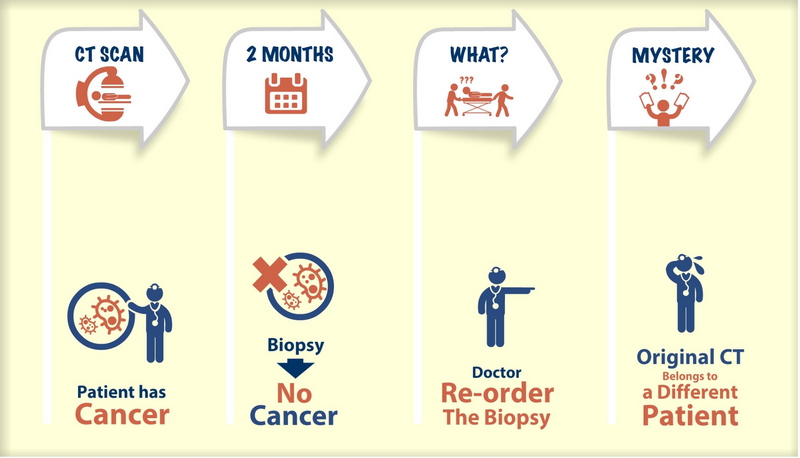
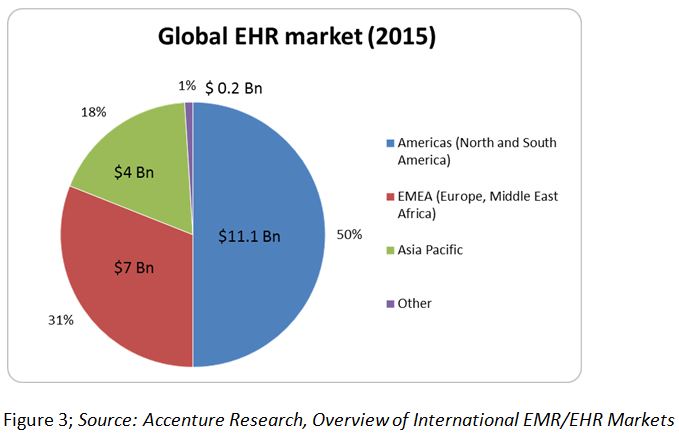







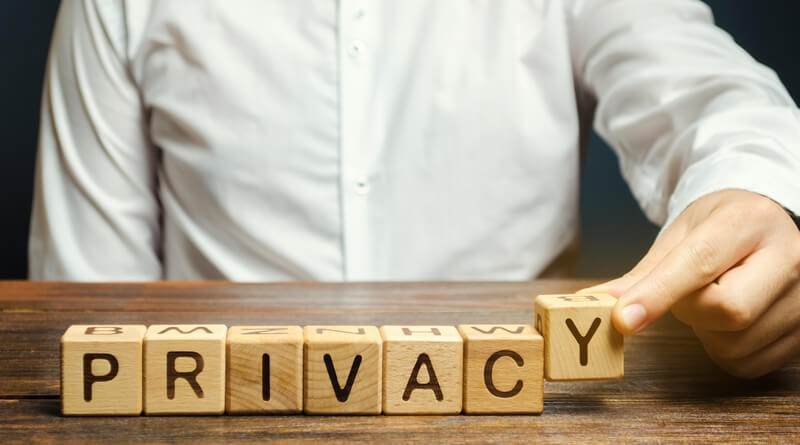



 Brad Marshall is a Senior Enterprise Development Consultant with RightPatient® With several years of experience implementing both large and small scale biometric patient identification projects in healthcare, Brad works closely with key hospital executives and front line staff to ensure project success.
Brad Marshall is a Senior Enterprise Development Consultant with RightPatient® With several years of experience implementing both large and small scale biometric patient identification projects in healthcare, Brad works closely with key hospital executives and front line staff to ensure project success.